Gravimetric analysis in hydraulic cylinder manufacturing
Gravimetric analysis in hydraulic cylinder manufacturing process? In our previous blog post, we told you about the hydraulic cylinder assembly and as we mentioned in that post, cleanliness is a critical factor to monitor throughout the entire production process. As technology evolves and safety and quality standards continue to rise, the demand for higher-quality individual components increases as well. One of the most effective ways to ensure a high-quality final product, whether a hydraulic cylinder or a complete machine, is by maintaining the cleanliness of its components. There are various methods to measure and maintain cleanliness, and in this text, we’ll introduce one of the key techniques we use in our manufacturing process: gravimetric analysis.
❓What is gravimetric analysis?
❓How is gravimetric analysis conducted?
First our expert takes six randomly selected components to be analyzed. Before starting the analysis, one must always check that the exhaust air ventilation system is on: the cleanliness of the air inside the analysis room is extremely important in order to get clear and exact results.
As preparations, the oven is heated to the needed temperature and all the necessary tools: funnel, tweezers, petri dishes and sample bottles, are cleaned with cleaning agent. Also, six clean membranes are lightly rinsed from both sides. After preparations, the gravimetric analysis process can start.
- The rinsed and clean membranes are set into the petri dishes
- After the over has warmed, the petri dishes with the membranes inside are put to into the oven. The dishes are heated in the oven. The lids of the petri dishes are opened slightly to allow the moisture to evaporate from the membranes.
- After the membranes are dry, they are weighed and the results are recorded to the measurement protocol.
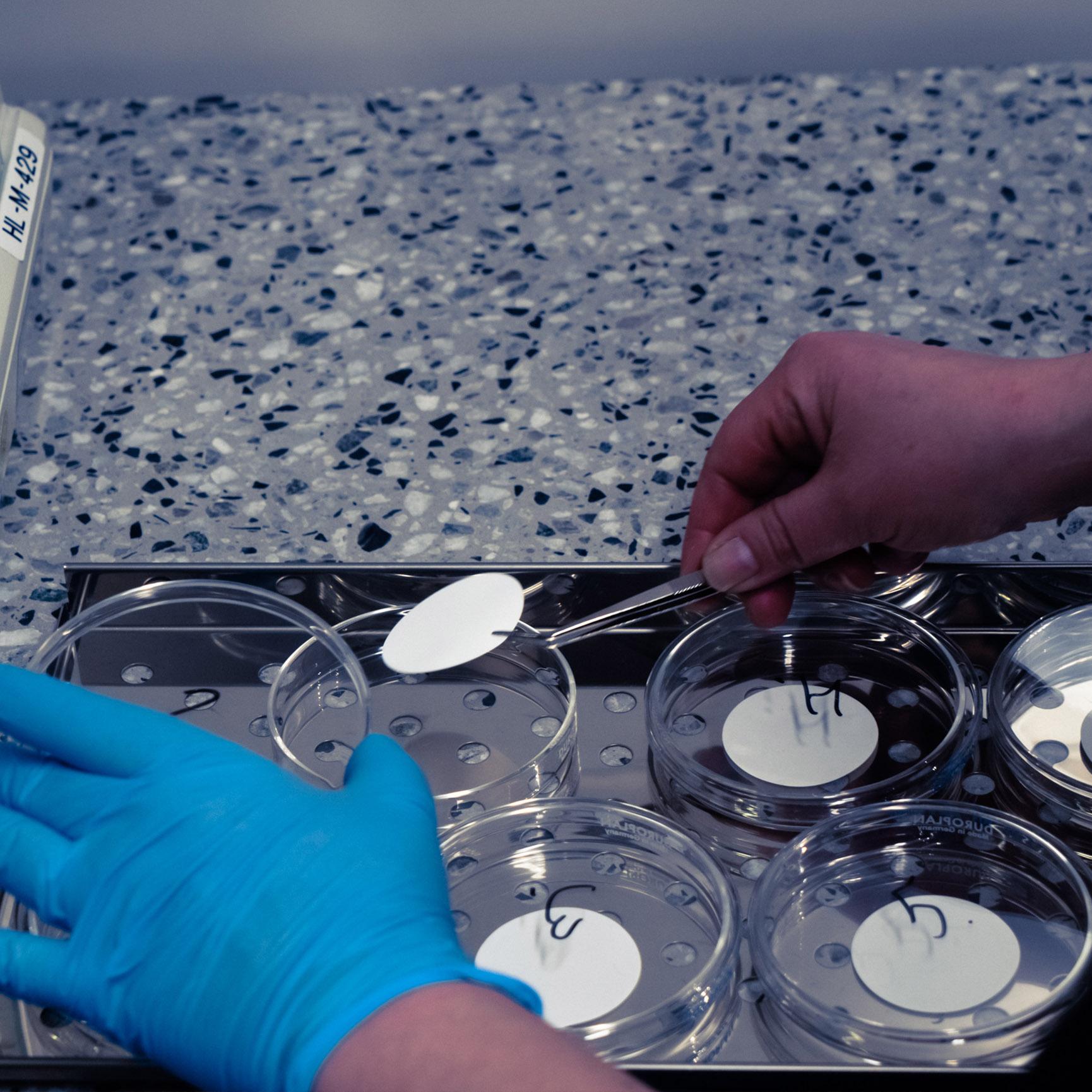 | 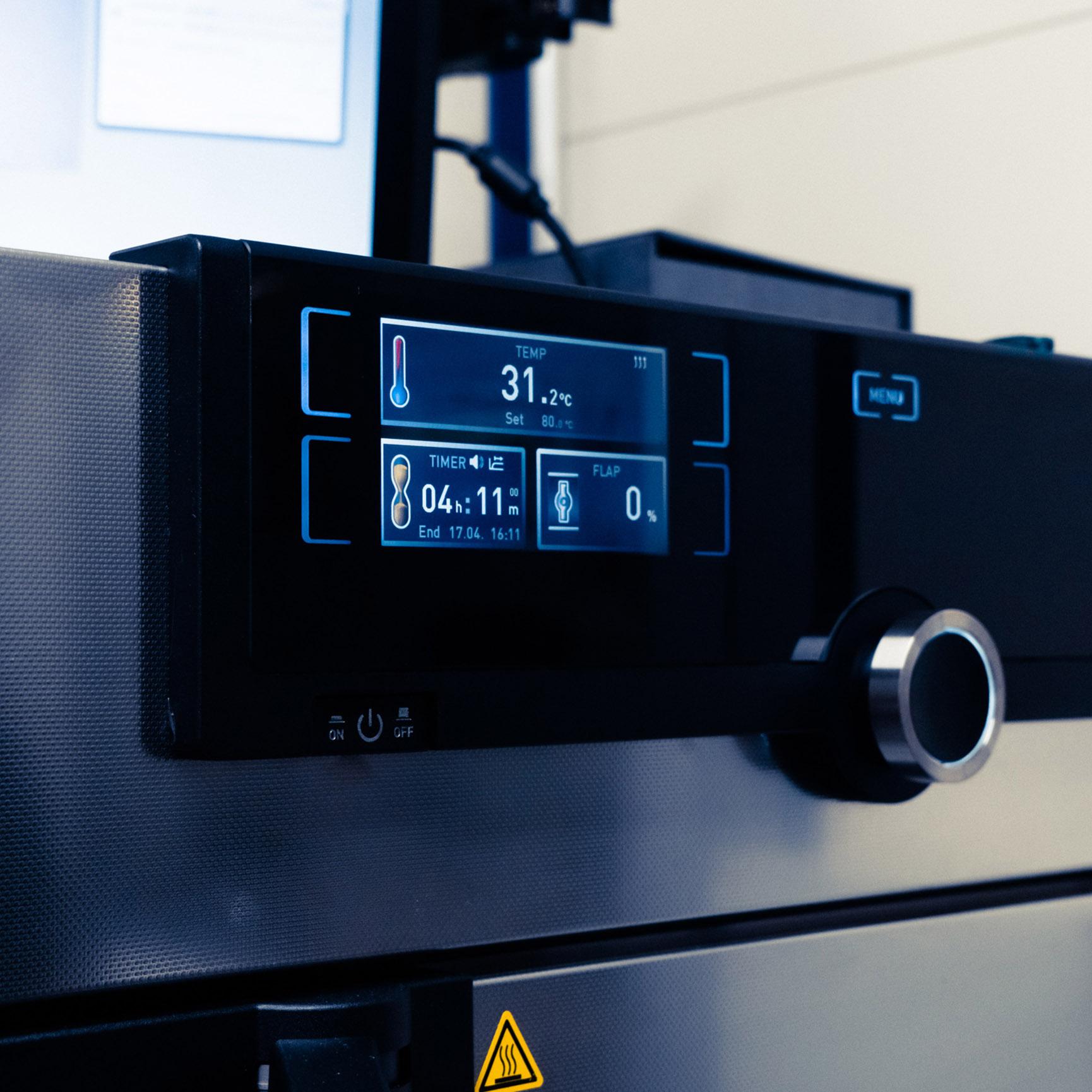 | 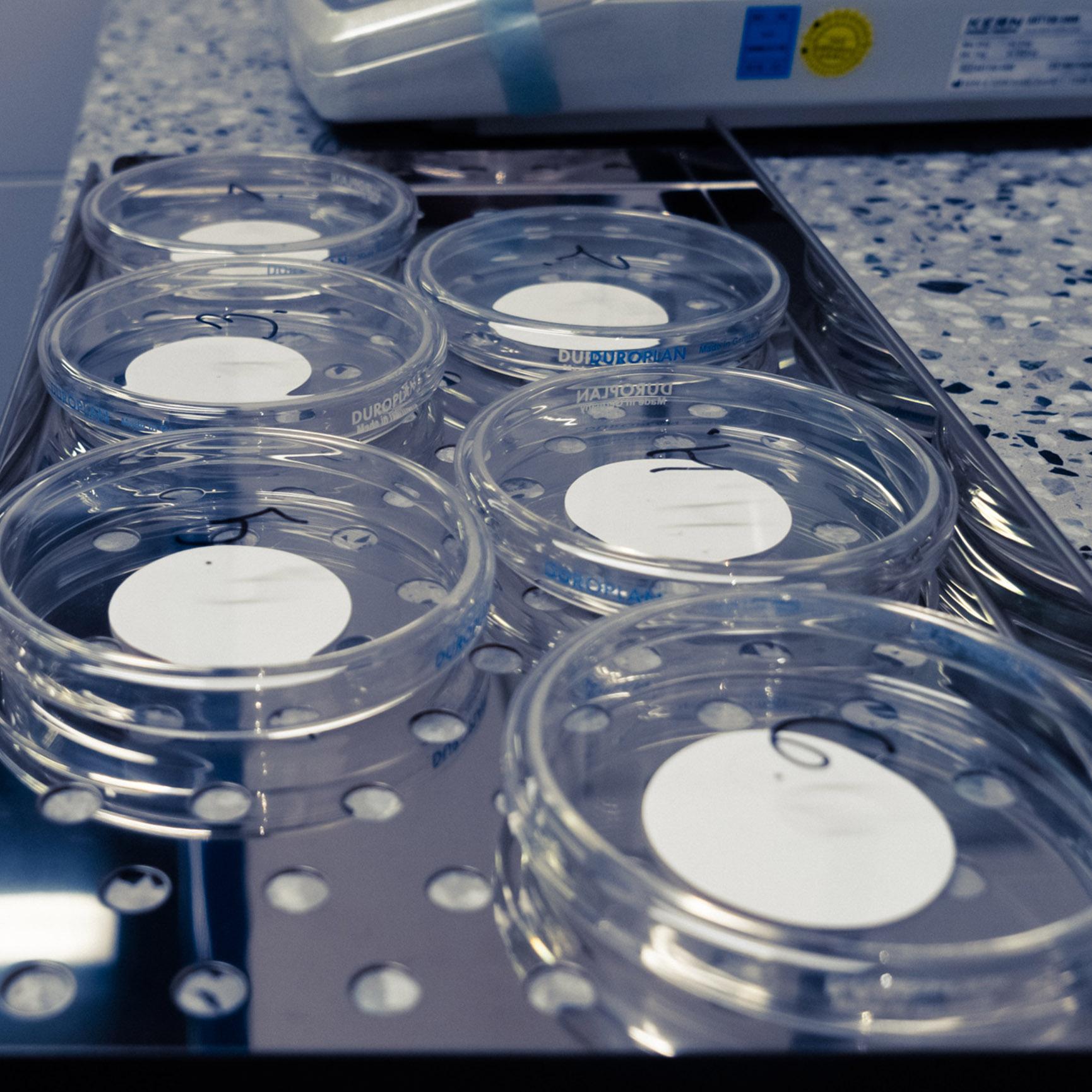 |
- The selected parts for monitoring are collected and rinsed with rinsing fluid. The rinsing fluid is collected to a bottle placed under the funnel.
- The bottles are changed for each part: rinsing fluid is collected to six bottles: one bottle from each rinsed part.
- The collected rinsing fluids are filtered through the clean membranes. After filtering the liquid through the membranes, the membranes are warmed in the oven the same way as before.
- After warmed, the membranes are ready for weighing again: the membrane mass is recorded again.
- Each membrane is examined under a microscope. The largest particles are described, measured and documented to the report.
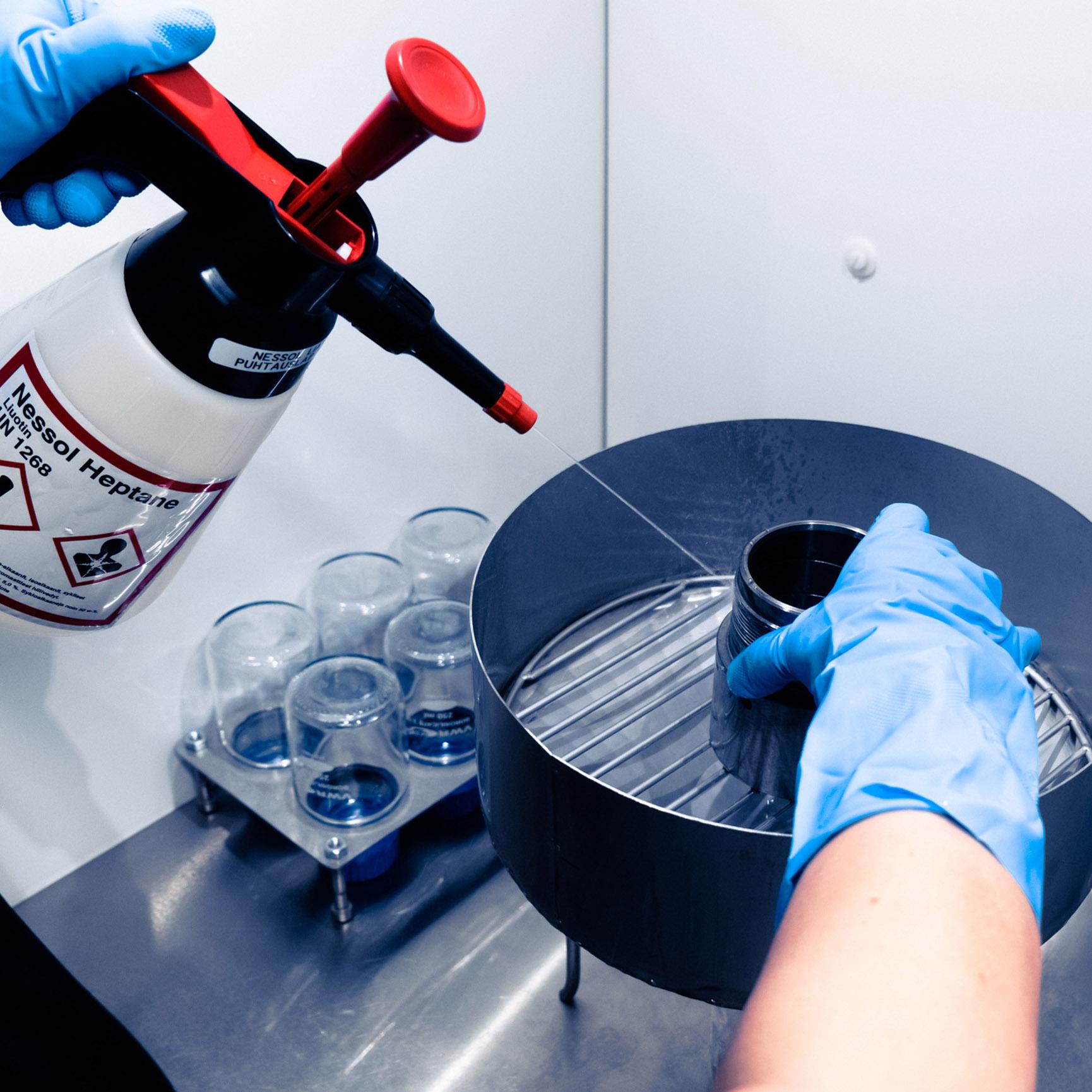 | 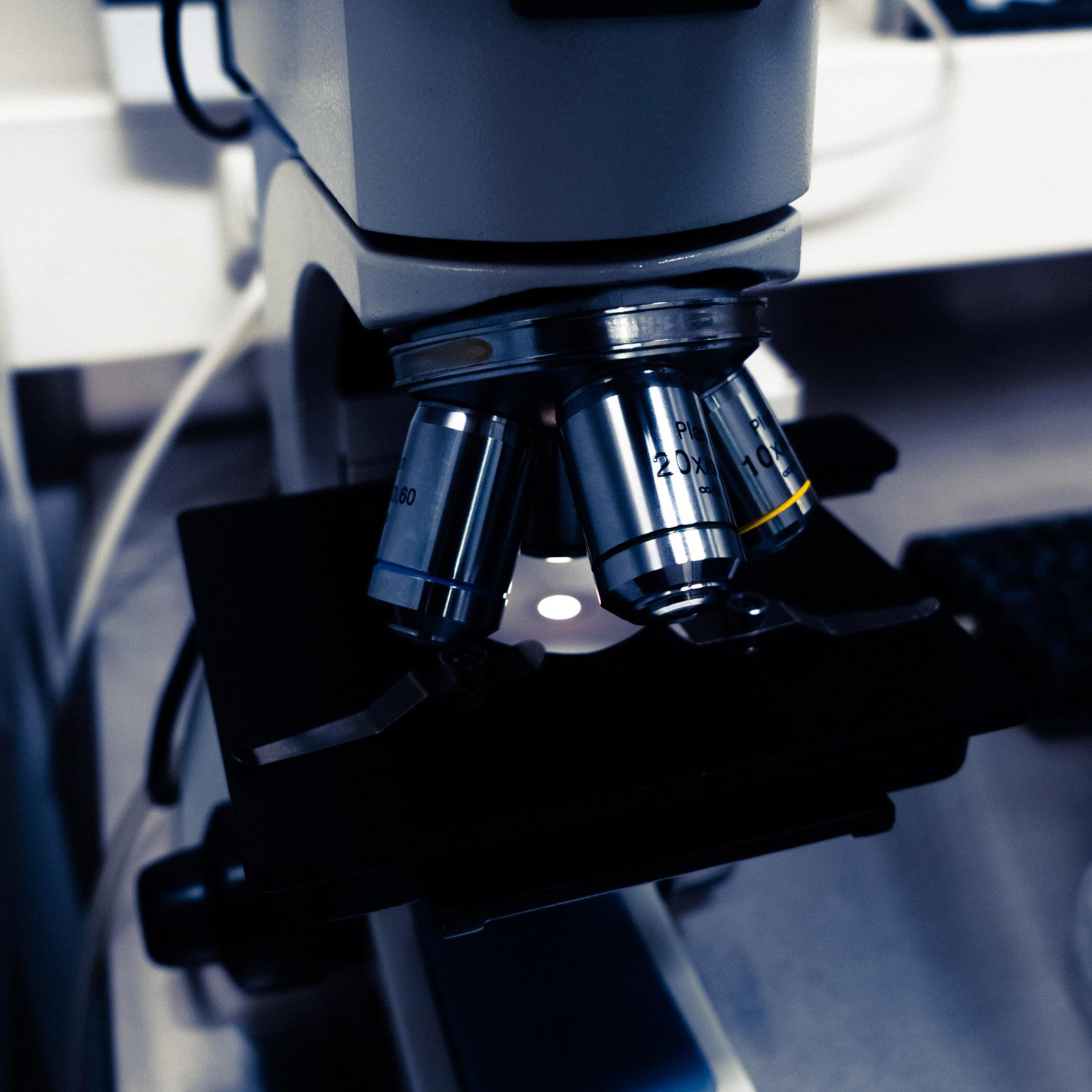 | 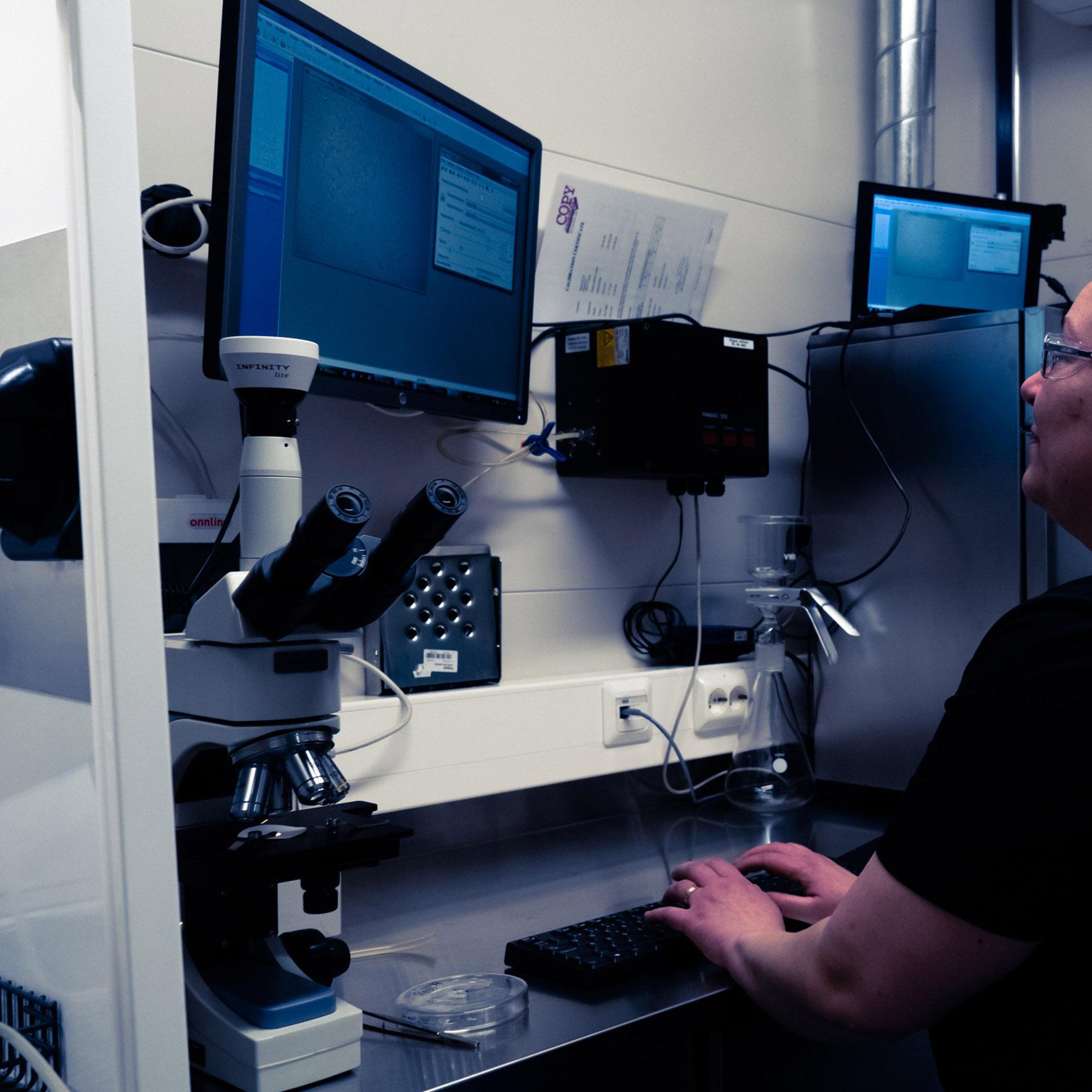 |
After the analysis process is completed, all the used tools are washed carefully so that they won’t get contaminated, and they can be used in the future as well. The whole room where the analysis process takes place, is kept extremely clean and only the necessary personnel is allowed inside the room.
Gravimetric analysis gives a clear and whole picture of cleanliness of the whole batch. The six parts or components are selected randomly for the analysis and it provides information not only about the cleanliness of the batch itself but if there are any problems with our washing machines, washing liquids, temperatures etc. Our personnel also gets the information very fast in case there are any problems with anything in the washing process and the correcting measures can be done right away.
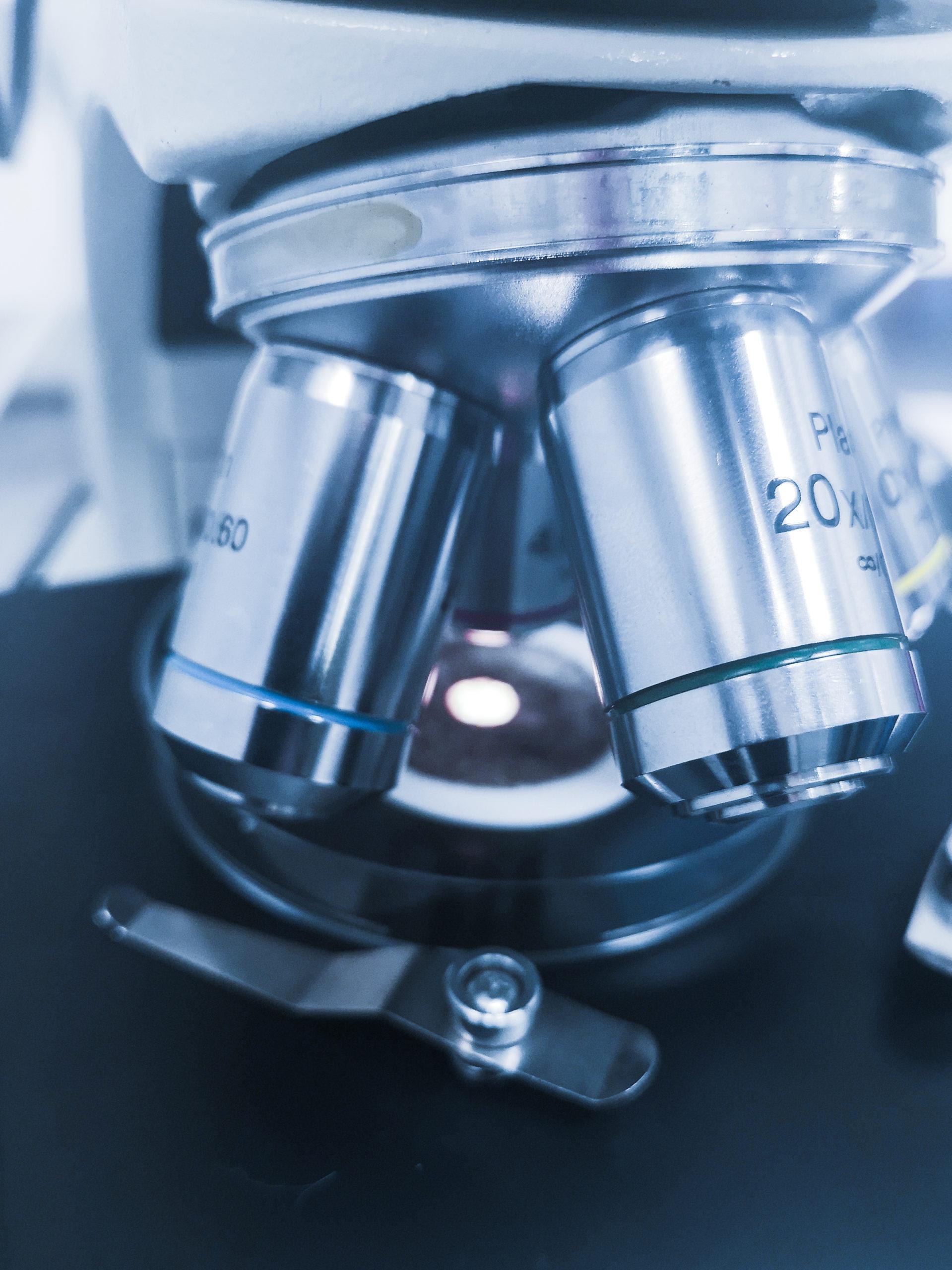 | 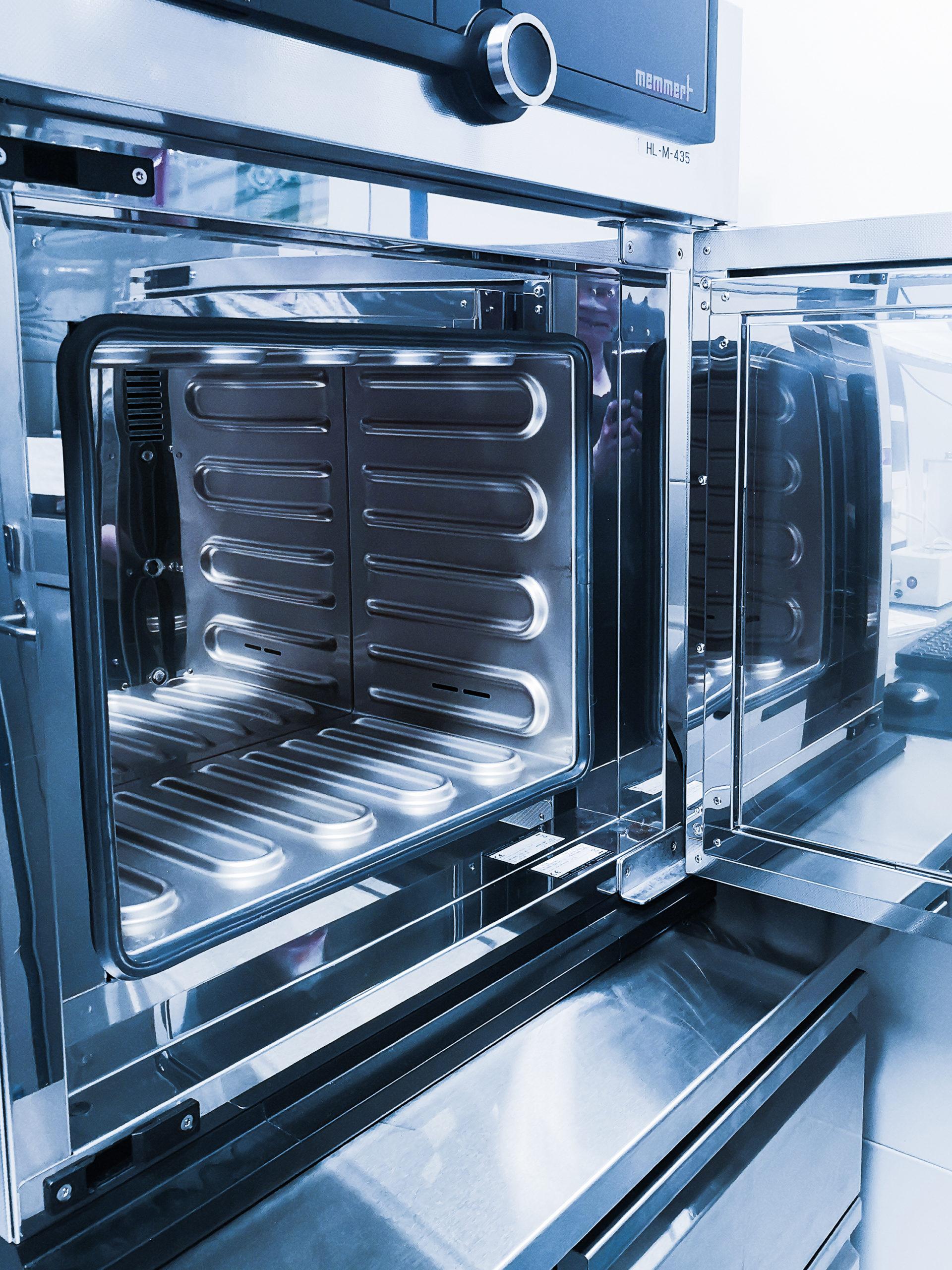 | 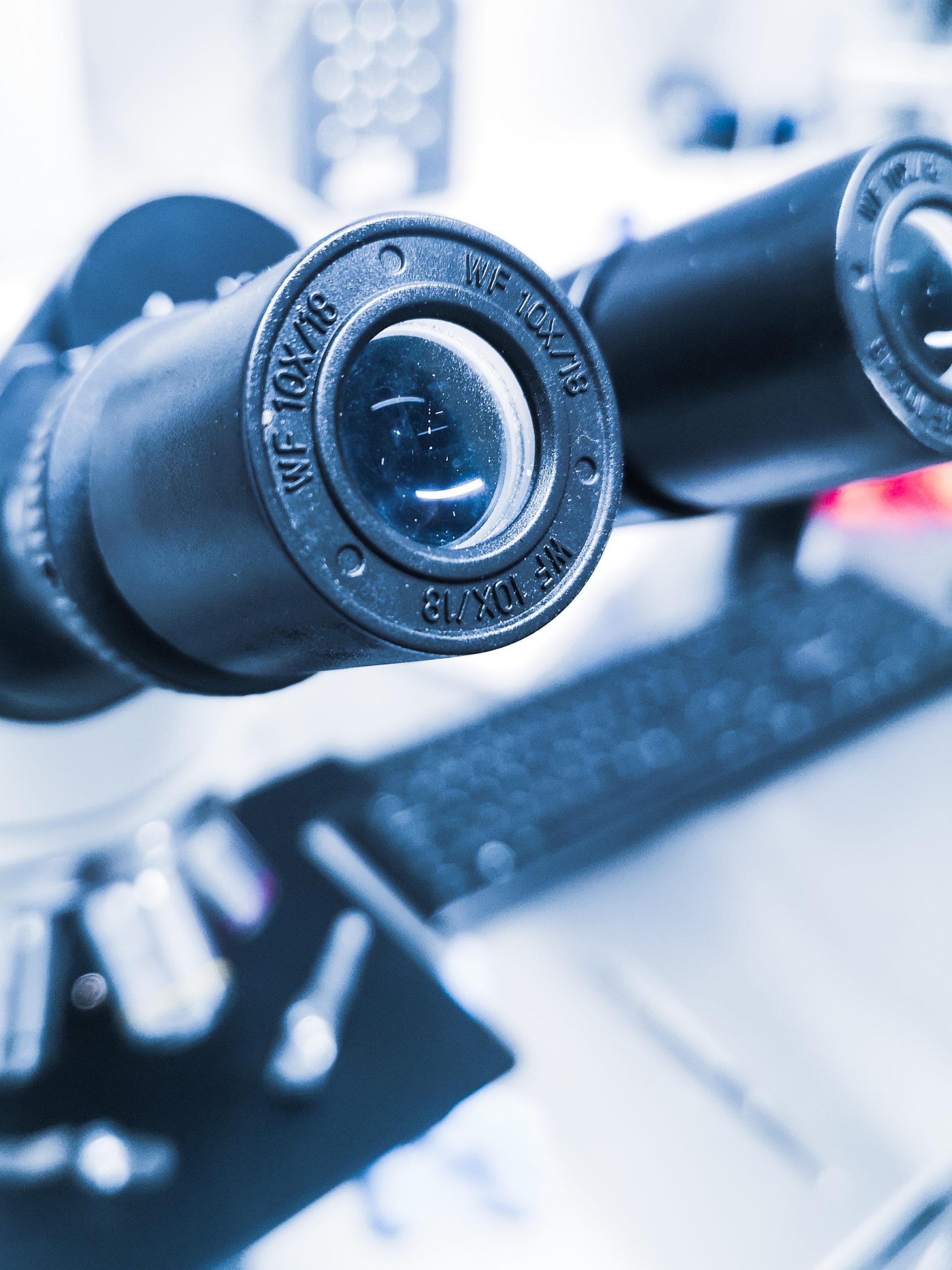 |
❓Why do we need gravimetric analysis?
Cleanliness is critical in hydraulic cylinder manufacturing. That is why having a possibility to conduct this procedure in house allows us to monitor our cleanliness very effectively. We are able to react for any impurities very quickly and determine the source of possible contamination. As the continuous monitoring of cleanliness gives us a fast response time, we are able to improve our operations inside the factory very fast and accurately. The analysis also provides the possibility to objectively compare washing methods and tools on each step of the way during the manufacturing process.
For our customers, our in-house analysis services provide similarly a quick and accurate way of monitoring the particle cleanliness. If needed, we provide a cleanliness report for each product the customer wants. There is no need for third parties and therefore, our customer saves money and time. Also, as the analysis is done in-house, the chance of re-contamination of the samples eliminates.
As all operations that require carefulness and precision, also the gravimetric analysis at our factory is standardized. Our production cleanliness standards are ISO 4406 (Method for coding the level of contamination by solid particles) and ISO 16232 (Cleanliness of components and fluid circuits). In addition to standards, we follow the customer requirements: some of our customers have their own requirements for cleanliness and these are followed strictly.
To mention a few examples on what we have achieved with gravimetric analysis at our own operations:
- Development of our washing process: we have been able to get exact and real time information about our washing process and we have developed the processes accordingly. For example, each part is more carefully inspected before it is put to washing machine. Also, as we renewed our washing machine filters, we were able to choose the most suitable ones as we had accurate information about what we needed.
- As we develop our processes constantly, we have used the gravimetric analysis when making decisions of future investments to our factory. We have new standards and requirements for new washing machines, for example, as we now know where the problems lie.
- With the information gotten from the gravimetric analysis we have also been able to inspect the parts and components from our suppliers. With the information, we have given feedback for our suppliers in order for them to be able to improve their cleanliness level.
In conclusion, as we monitor our cleanliness, we can make our products more durable: impurities cause clumping in oil, wear of components, internal leaks, breakage and incorrect movements, to mention a few.


